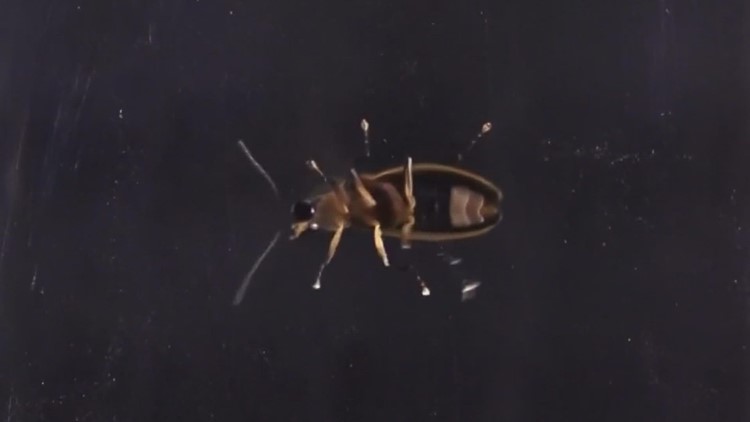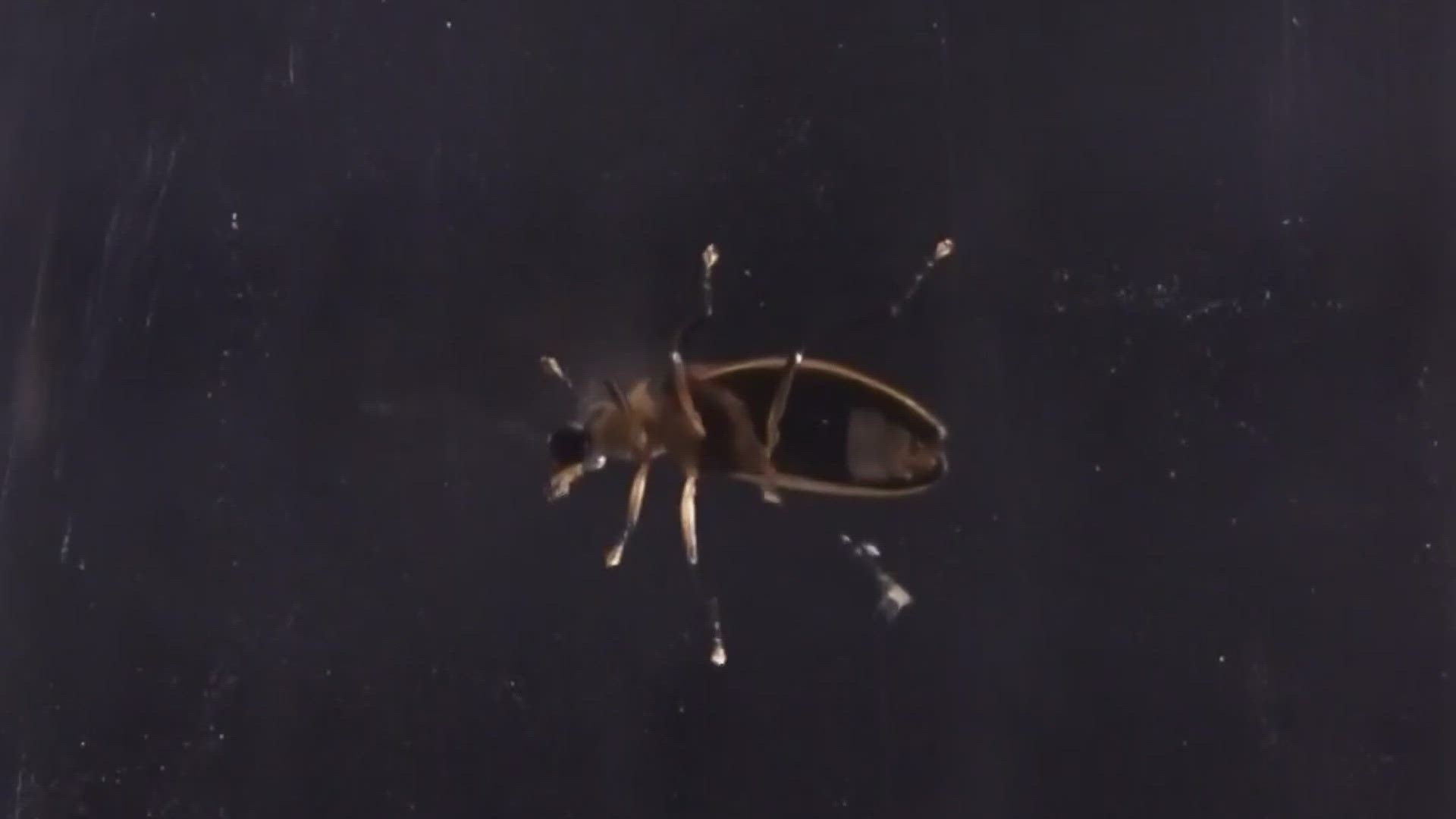Great Smoky Mountains Natl. Park — Twinkling lights have once again filled forests inside the Great Smoky Mountains National park. Folks from all over the country come to see synchronized fireflies each June.
Not all venture to the park to marvel. Scientists believe there are secrets yet to be unlocked, specifically, the synchronicity phenomenon that happens during mating season.
The synchronous firefly is being studied by a group of scientists from the University of Colorado Boulder, who compare these fireflies to semi-autonomous robots communicating with flashes of infrared light.
Dr. Will Kuht studies all bug species in the Smokies for Discover Life in America. He said there are more than 19 types of fireflies in the Smokey Mountains and that this type of research is quite helpful.
"They're more concentrated in the Smokies and so you can get more of the syncronist effect there," Kuhn said. "The researchers were able to see how they are able to form this kind of network of flashes and how they synchronize with each other."
The team recorded the bugs using 3-D cameras at Elmont. Researchers want to find out how fireflies synchronize and use that technology.
"Studies like this are really good for helping us to make more efficient networks, more efficient robotics and things like that," Kuhn said. "We're kind of in a hotspot for firefly biodiversity in North America."
Many love to gather and watch lightning bugs do their dance this time of year. Kuhn said for such a familiar bug, science is just chipping the surface of all there is to know about the bug's bioluminescence.
"They're definitely very small but they do have brains. It's wired into them. It's their programming," Kuhn said.
But if man-made technologies could replicate the instinctual synchronized flashes, it would be a remarkable discovery Kuhn said. The fireflies are memorizing and special to observers since they only surface for about three weeks to mate before they die.
"It's kind of sad but I mean they go out with a bang," Kuhn said.
He believes their glowing bottoms could hold several keys in scientific research. He said we already use some of the bug's glowing technology in cancer research to make medicines and said we already replicate the bug's light in glowsticks.
"When you pop a glow stick it doesn't create much heat. It's like a cold light and that's what fireflies do as well," Kuhn said.
When it comes to fireflies, the Smokey Mountains get most of the attention but Kuhn said you can actually see the brilliant bugs from Pennsylvania all the way south to Georgia.
To learn more about the Great Smokey Mountain Firefly Experience, click here.



